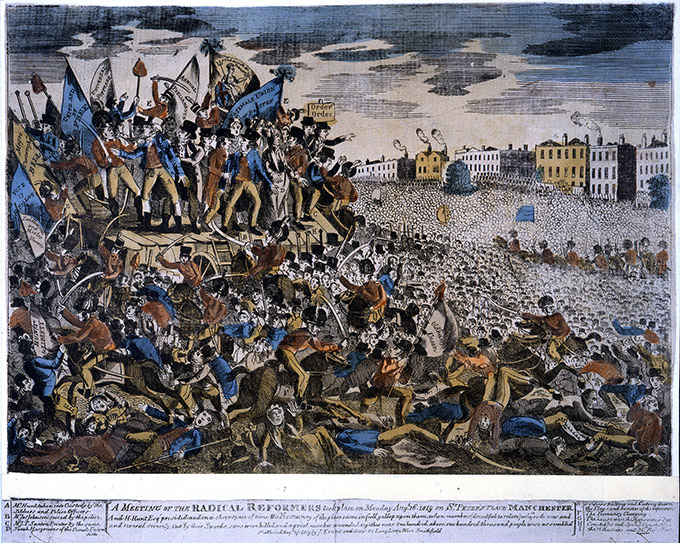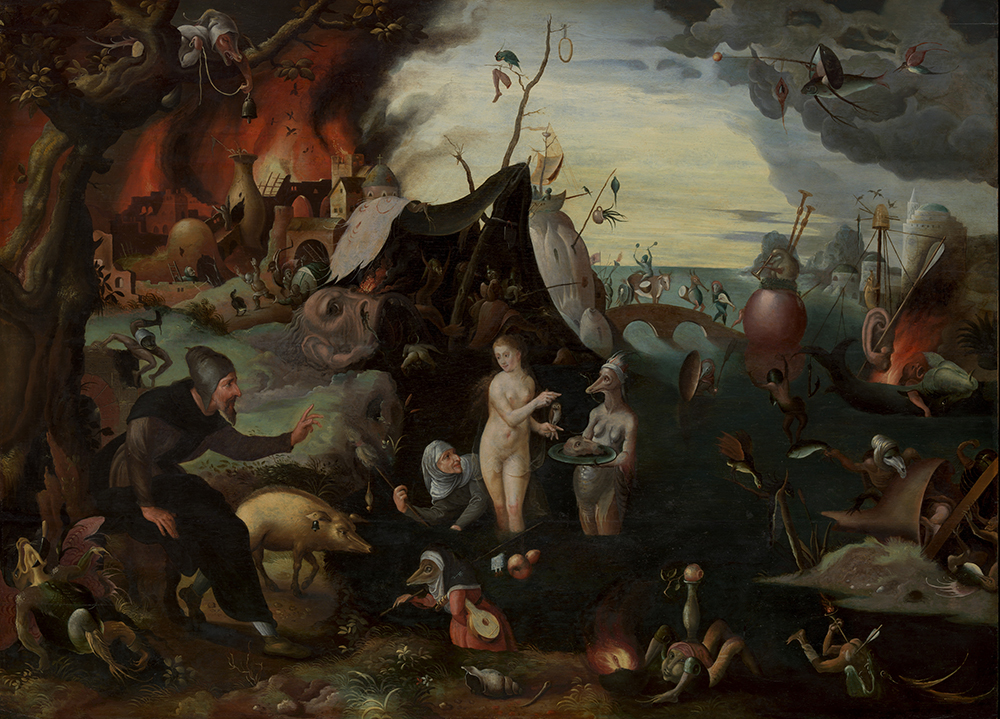posted by Azra Raza to 3 Quarks Daily: Daniel Garisto in Scientific American:

Credit: Getty Images
For the first time, researchers have teleported a qutrit, a tripartite unit of quantum information. The independent results from two teams are an important advance for the field of quantum teleportation, which has long been limited to qubits—units of quantum information akin to the binary “bits” used in classical computing.
These proof-of-concept experiments demonstrate that qutrits, which can carry more information and have greater resistance to noise than qubits, may be used in future quantum networks.
Chinese physicist Guang-Can Guo and his colleagues at the University of Science and Technology of China (USTC) reported their results in a preprint paper on April 28, although that work remains to be published in a peer-reviewed journal. On June 24 the other team, an international collaboration headed by Anton Zeilinger of the Austrian Academy of Sciences and Jian-Wei Pan of USTC, reported its results in a preprint paper that has been accepted for publication in Physical Review Letters. That close timing – as well as the significance of the result – has each team vying for credit and making critiques of the other’s work.
Continue reading
==============================
Patrick Wilcken examines a thinker who applied the rigour of science and the technical models of linguistics to social phenomena
via Arts and Letters Daily: Patrick Wilcken in the Times Literary Supplement

In 1965, at the height of his fame, Claude Lévi-Strauss gave an interview to the journalist Henri Stierlin for the television show Personnalités de notre temps. Talking in his study against the backdrop of an ornate Indian mural, he was asked whether it was really possible to study man scientifically. The endeavour, he replied, was like studying a mollusc. The amorphous jelly secretes a mathematically perfect shell, in the same way as the chaos of human society produces structurally perfect cultural artefacts. He left the glutinous base to sociologists and psychologists, while the task of anthropology was to understand the geometric beauty of the shell.
Continue reading
==============================
via the OUP blog by Michael Flexsenhar

Photograph taken by Dr. Avishai Teicher.
One Sabbath day in the late-second century CE, a slave and future pope named Callistus (Calixtus I) entered a synagogue and, hoping to die, picked a fight with the Jews. For the opening salvo, he stood and confessed that he was a Christian. A melee ensued. But the Jews only dragged Callistus before Rome’s city prefect Fuscianus and accused him of violating their legal right to congregate. His owner Carpophous appears and exclaims that Callistus is not even a Christian. Sensing a ruse, the Jews press their case and prevail upon Fuscianus. With his plans now spoiled, Callistus is sentenced to hard labour in Sardinia.
Continue reading
==============================
via the Big Think blog by Mike Colagrossi
- In many cases, envy plays a prominent role in the feeling of schadenfreude.
- Competition and rivalry exemplify taking pleasure in another's misery.
- A strong sense of moral justice pervades many aspects of schadenfreude.
Continue reading
==============================
via ResearchBuzz Firehose: "Contributor" to Asbarez
A cobblestone cross
Society for Armenian Studies member Jirair Christianian has launched a new website dedicated to the churches, monasteries, fortifications and other architecture of the Armenian, Greek, Georgian, Syriac, Crusader and Arab people of the Near East. The website is called “The Christian Architecture of the Levant” and accessible online.
Continue reading
The website is fairly obviously for academics and serious researchers but there are some stunning images if you feel moved to find them! H.
==============================
via The National Archives Blog by Claire Kennan

The Peterloo Massacre (catalogue reference: HO/42/199)
On 16th August 1819 more than 60,000 men, women and children arrived at St Peter’s Field in Manchester to listen to the famed speaker Henry Hunt, who was an advocate for parliamentary reform and the repeal of the Corn Laws. Although many of those in attendance carried ‘radical’ banners, they were mostly dressed in their Sunday best, were unarmed, and their behaviour could not have been considered as disorderly. However, at some point during Hunt’s speech, the local magistrates lost their nerve and sent in the cavalry to disperse the crowds, after deciding that the meeting was illegal.
The crowd was charged by members of the yeomanry on horseback, with sabres drawn. As the crowds tried to escape, there was panic. Some 700 people of all ages were injured and 18 died as a result, including two-year-old William Fildes.
Protests erupted across the country in anger at the magistrates’ handling of the event, and in an ironic comparison to the army’s activities at Waterloo, the event soon became known as the Peterloo Massacre.
Continue reading
==============================
posted by Azra Raza in 3 Quarks Daily: David Wootton in Lapham’s Quarterly:

The Temptation of Saint Anthony, attributed to Pieter Huys. The Metropolitan Museum of Art, Anonymous Gift, 1915
We hold these truths to be self-evident, that all men are created equal, that they are endowed by their Creator with certain unalienable Rights, that among these are Life, Liberty, and the pursuit of Happiness. —The Declaration of Independence
These words, from Thomas Jefferson’s Declaration of Independence, are so familiar that it is easy to assume their meaning is obvious. The puzzle lies in the assertion that we have a right to pursue happiness. John Locke, in his Two Treatises of 1690, said we are all created equal and have inalienable rights, including those to life and liberty. But for Locke the third crucial right was the right to property. In Locke’s Essay Concerning Human Understanding, also published in 1690, he wrote about the pursuit of happiness, but it follows from his account there that there can be no right to pursue happiness because we will pursue happiness come what may. The pursuit of happiness is a law of human nature (of what we now call psychology), just as gravity is a law of physics. A right to pursue happiness is no more necessary than a right for water to run downhill.Continue reading
==============================
via Boing Boing by Rob Beschizza

Jupiter's Great Red Spot, a vast storm system visible on the gas giant since at least the 1830s and perhaps the 1660s, is reportedly “unraveling”.
==============================
via Ancient Origins by Ed Whelan

Illustration of an Aleut paddling a baidarka, with an anchored Russian ship in the background, near Saint Paul Island, by Louis Choris, 1817.The Chaluka site was inhabited by ancient Aleut people.
Source: Public Domain
Alaska is often referred to as the last frontier because of its unspoiled nature and sparse population. Few people are aware of the long history of the indigenous people of the state and especially that of Aleutian Islanders. Thus, the Chaluka site is of great importance in the study of the Aleuts and the history of the subarctic region. For over 3,000 years people inhabited the site, and today archaeologists go through their trash.
Continue reading
==============================
via Interesting Literature
Five of the finest poems about the month of April

Unattributed but it is definitely Shakespeare
This is the fourth entry in our poetry calendar: you can read our poetry recommendations for January, our pick of the best February poems, and our poems for March in previous posts. Now, it’s the turn of April, which is a time of spring rain (those famous showers), longer evenings, and, usually, warmer weather. What are the best April poems in the English language?
Continue reading
No comments:
Post a Comment